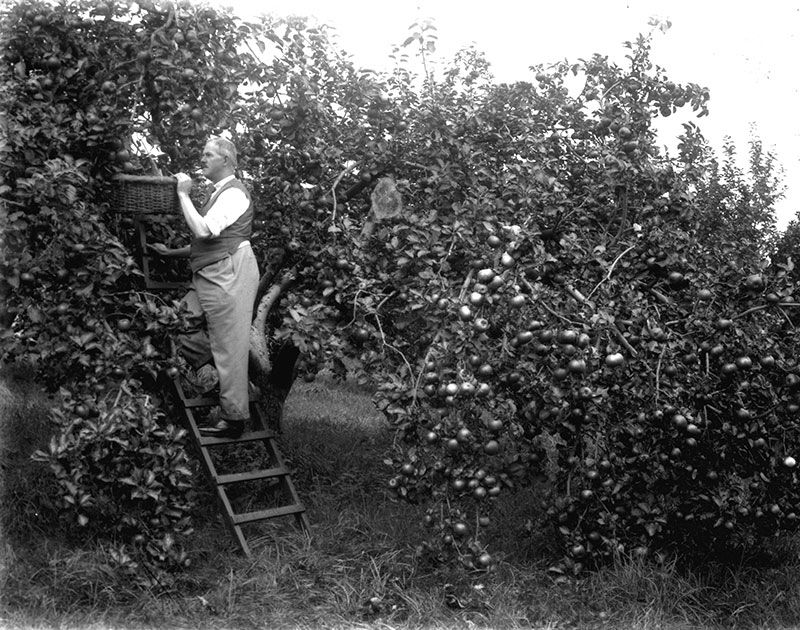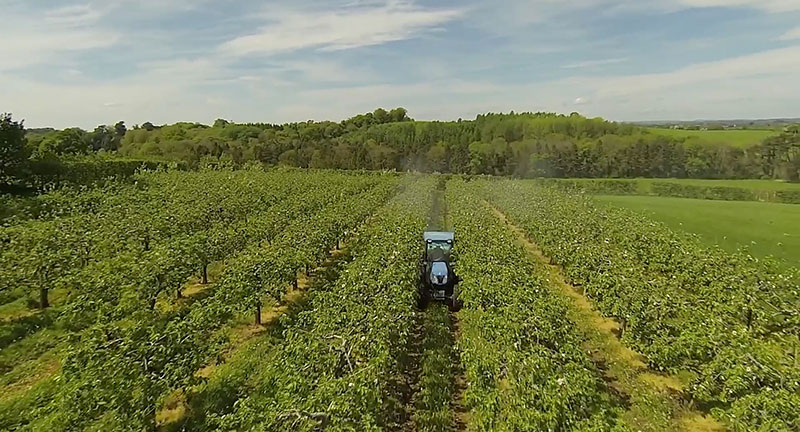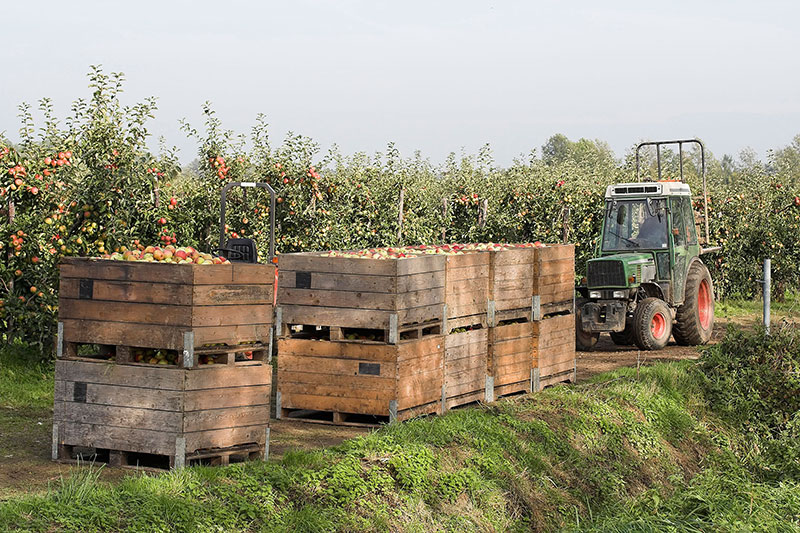Picking And Storage
Apples are harvested by hand between early September and late October. The exact time of picking varies from year to year as it depends on such factors as the type of season, fruit maturity, tree age and rootstock type. Apples are usually harvested once they have achieved a minimum average diameter of 75mm (about three inches). Maturity is another key factor – they must be picked before more than 20 percent of their stored carbohydrate has been converted from starch to sugar. Picking requires great care and skill, so pickers are trained to handle fruit in ways that will not mark the skin or damage the flesh.
In the past, apples were placed into wooden cases and stored in barns for no more than three months. However, modern storage involves the use of low oxygen storage units. These refrigerate the apples at a constant 4.3°C, allowing them to be safely stored for up to one year.
Good Agricultural Practice
Armagh apple growers pride themselves on following the code of Good Agricultural Practice in the production of Armagh Bramley apples. For example, during the blossom period, pollination is undertaken by honeybees, so great care is taken with all spray applications in order to protect the welfare of these and other beneficial insects.
When it comes to fertilising the Bramley apple trees, widespread use is made of foliar nutrition. The technique involves spraying fertilisers directly onto the leaves. This not only helps to target nutrition to the parts of the fruiting tree that specifically need it, but also helps to reduce the need for fertilisers to be applied to the soil.



